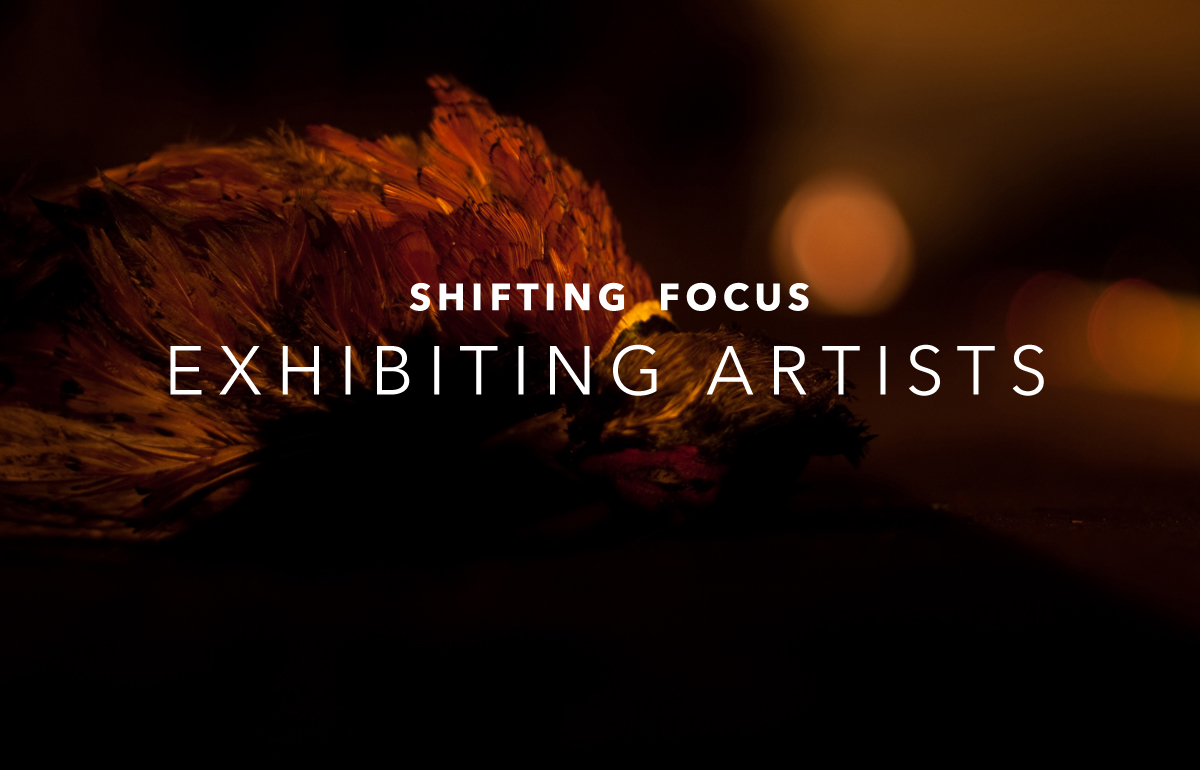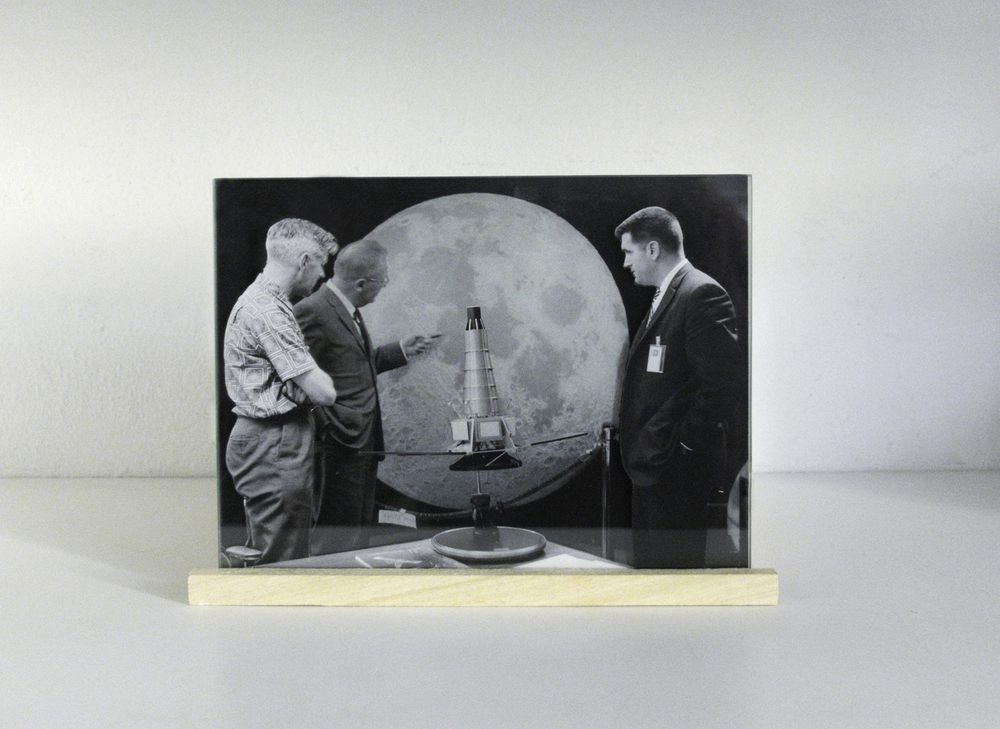MARIANNE BJØRNMYR, MARCELO DEGUCHI, KAROLINA MARIA DUDEK, JOACHIM FLEINERT, FRANCESCA MARCACCIO HITZEMAN, NATHALIE JOFFRE, UTE KLEIN, WAGNER KREUSCH, ESPEN KRUKHAUG, FEDERICA LANDI, SARA MORALO, SIMONE PADELLI, BIANCA SALVO, SONJA TRABANDT, NICK WILTSHIRE
MARIANNE BJØRNMYR
Marianne Bjørnmyr is a Norwegian artist, living and working between Bodø and London. In her practice she works with research based photography, concerned around the presentation of the photograph set up against our understanding, interpretation and generated perception of imagery.
The work An Authentic Relation is based on a diary found at the barren and desolate South-Atlantic island of Ascension in 1726. The diary was found to belong to the soldier Leenert Hasenbosch, that one year earlier was put as a prisoner on the island as a punishment for sodomy. The diary contains detailed descriptions from the first day of his arrival until the last day of his life, six months later.
The work presents original text, sculptures and photographs from a trip to the island: an constellation of documentation that culminates in an overall feeling of distance and displacement.

MARCELO DEGUCHI
Marcelo Deguchi is a Brazilian photographer and graphic designer currently based in London. His practice explores the connections and perception of space with the underlying symbols and concepts that not rarely attempt to define these relationships.
Whether seeing the landscape as identity, performance or installation, the bold and sublime quality of the image is betrayed by a sense of human fragility. By shifting and twisting these ideas, his work investigates and brings up the physical and more raw aspects of photography and objects.
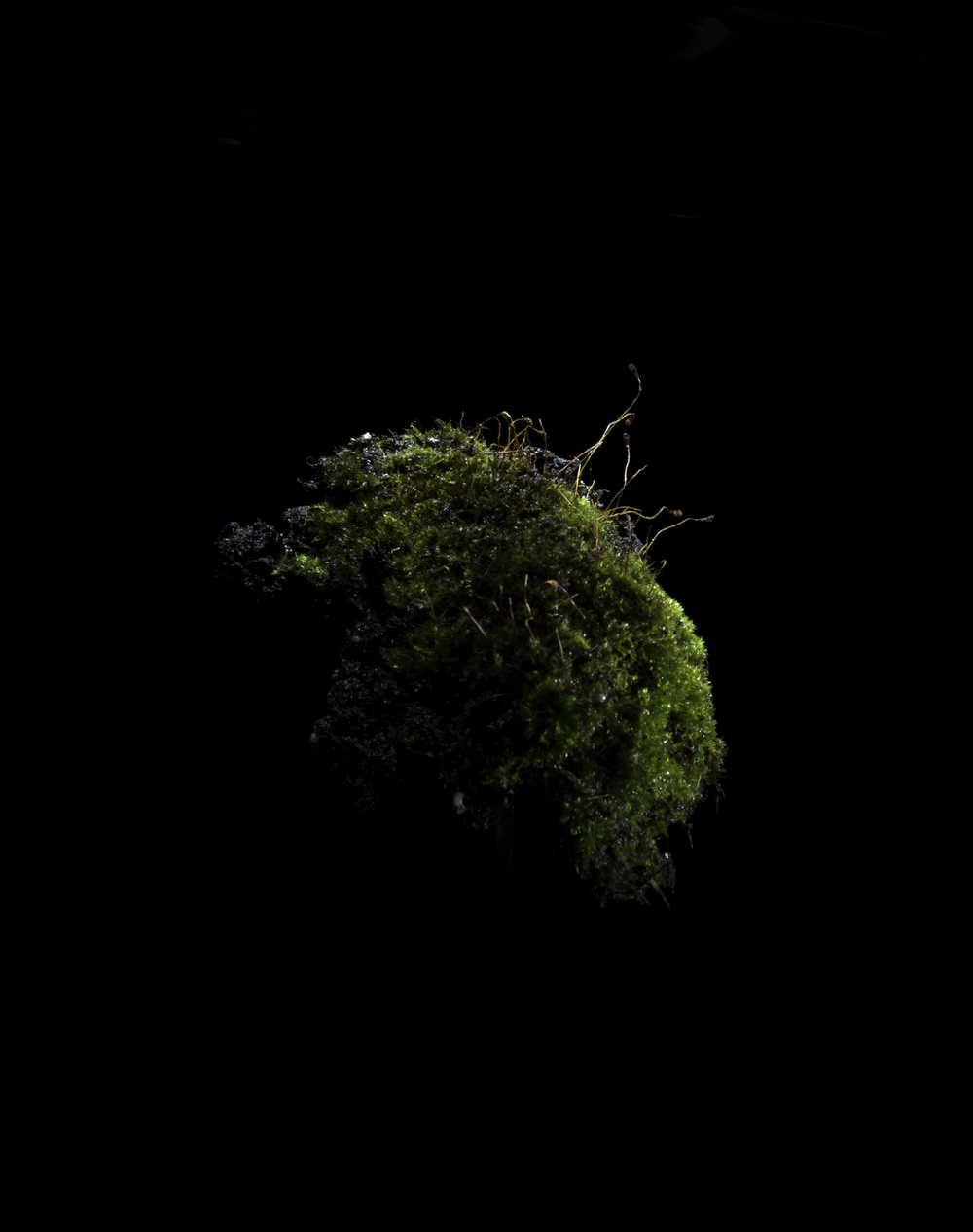
KAROLINA MARIA DUDEK
Karolina Maria Dudek is a Polish artist living and working in London. Her practice combines photography, video, installation and site-specific work.
She seeks to identify the effects of twentieth-first century’s fin de siècle atmosphere on everyman’s existence. Her observations are oscillating between the human as an individual and the human as an element of complex world structure. Dudek’s work, often intuitive and ephemeral, explores in a very poetic way the ‘everyday’ and often enquires allegory within the rational modern world.
Pilorum is a series of black and white images influenced by passing time and death. ‘I rediscovered my mother’s wardrobe. She had passed away 20 years ago but we still keep some of her belongings. I can’t specifically describe what I felt studying her possessions – a rational sentiment, perhaps? Certainly I knew that these objects once belonged to the person I loved, but that I could not feel the same pain as I used to. Alongside her dresses and shoes were several things she used during her long stay in the hospital, like a half eaten chocolate bar and a small mirror. There was one very special object that I decided to take with me – her hairbrush. My mother’s hair still remains on it.
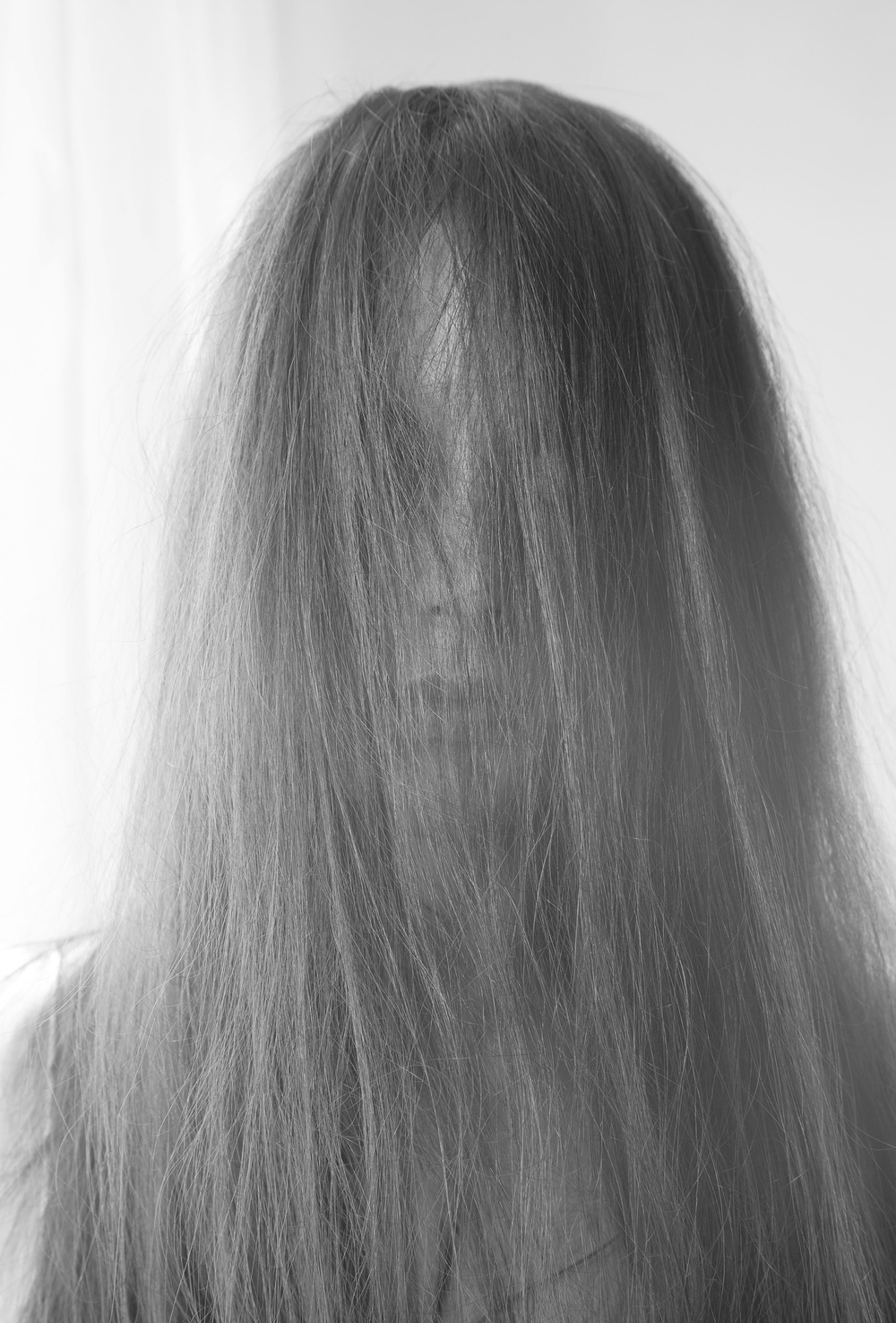
JOACHIM FLEINERT
Joachim Fleinert is a Danish artist living and working in Copenhagen.
Joachim Fleinert’s conceptual artworks usually surround elements of found imagery. His diverse practice, which includes sculpture, photography, collages, installation and video, explores broader historical, cultural, social or political themes through random encounters and archive relationships. Inspired by the flea market rifling that defined his childhood, Fleinert loves to search for lost stories and lives in imagery. Many of the artworks hide a philosophical approach, especially surrounding memory and nostalgia leaving Fleinert’s interfering to be considered as playful, often humorous and in some cases controversial. By interacting with the stories he finds, Fleinert makes visible the poetry of reality and our perception of it.
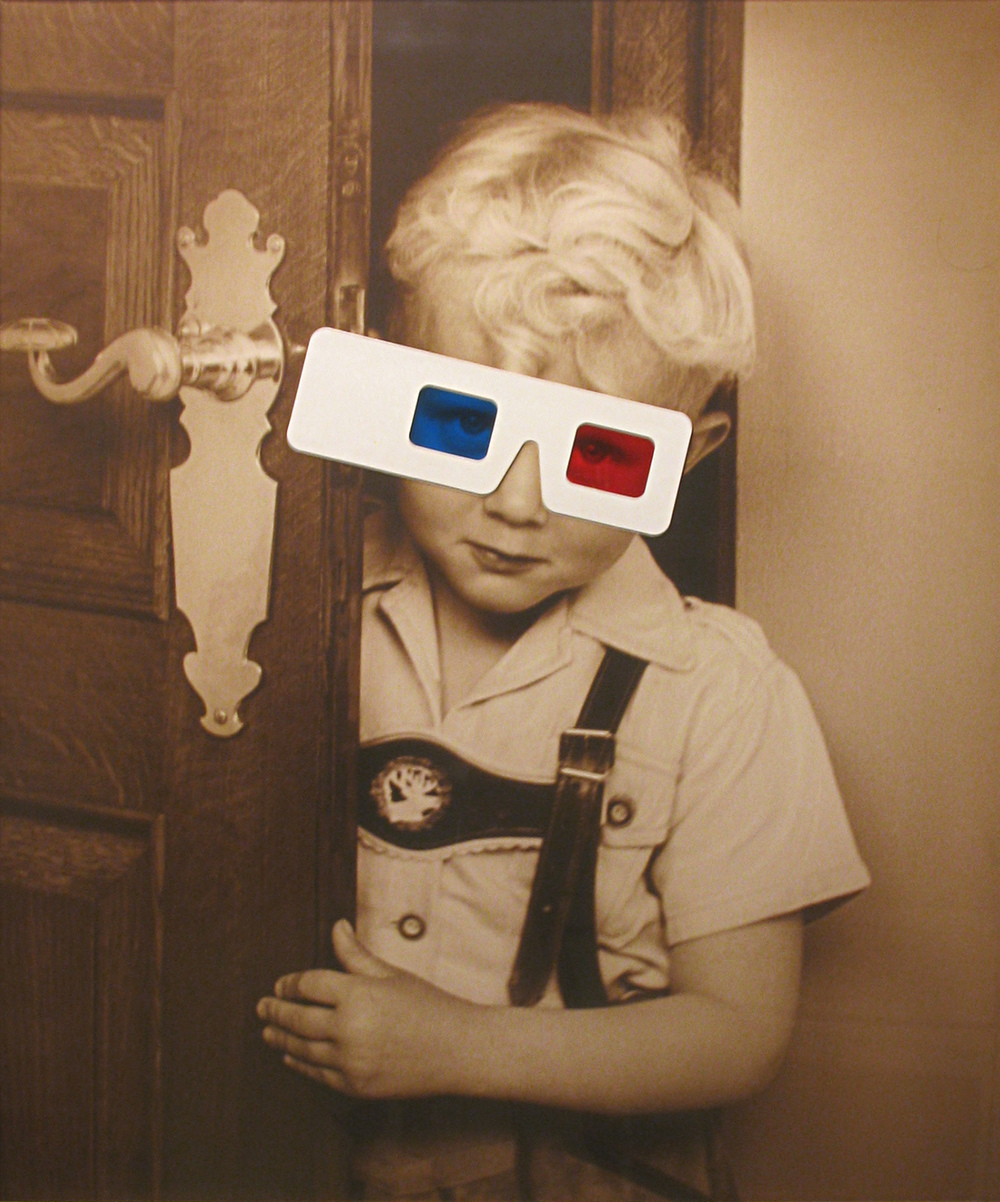
FRANCESCA MARCACCIO HITZEMAN
Francesca Marcaccio Hitzeman is an artist, writer and curator based in London. In her practice she explores forms of remembering in relation to places, memory and photographic systems.
The photographs presented in 3155760” were taken by the artist’s father on repeated work trips to the Middle East between the first two Gulf conflicts. During his time there, they became a way of recording his life for his family, to be seen in slideshows back home and a way to remember the real beauty he saw around him, which, in the moment, he couldn’t share.
The familial relationship becomes complete when the artist reconstitutes this archive as a gift and recollects the magic of her father’s return from absence, envisaged through the photographic.
The work deals with the multiple relationships the photographic image has to the past on two levels: a personal gift in exchange for lost time and as a historical register of places. Through reactivating archival material of a subjective journey to recollect the past, the artist seeks to interrogate photography in its use to reassemble fragments of history.
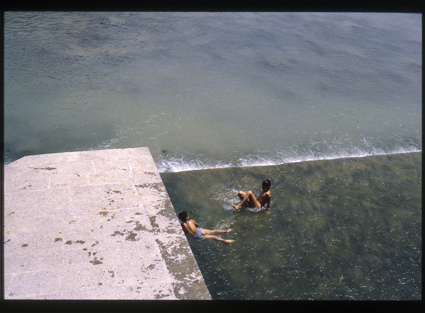
NATHALIE JOFFRE
Nathalie Joffre is a French artist based in Paris. Her work (photography, video, installation, text) concerns the human relationship to the past, as an intimate and performative experience that opposes a global, fixed and document-based version of our history.
Involving and mixing historical research, poetry writing, recording and (re)-staging, Joffre’s process explores the intimate relationships man can build with places, objects and characters of the past. The artist mainly works at a small and local scale in order to immerse herself physically and mentally in her subject, be it a building, a path, a photograph, a personal or an institutional archive. Through still and moving images, sound and words, Joffre tries to appropriate and reveal hidden and small parts of our history.
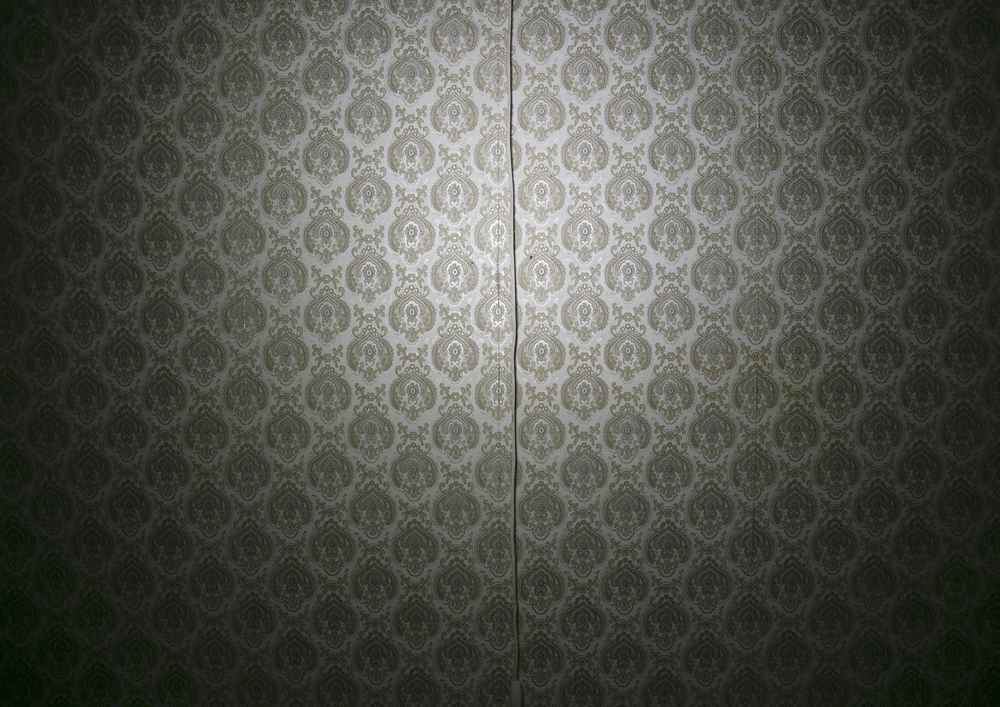
UTE KLEIN
Ute Klein is a German photographer and artist who lives and works in Berlin. In her work she keeps adressing the genre of still life in a way that challenges our perception and acceptance of the photographic image. This includes an interest of sculptural and spatial aspects.
Her recent work is based on the occasion of her grandfather’s death and the clearance of his household. What do you do with the belongings of a person, where a lifetime has left its marks upon? How to make use of the little things that don’t belong into one’s own life, but which you might want to be able to revisit for reasons of remembrance. For this work Klein resorts to an understanding of photography that might be best described as: to acquire and preserve by depicting. The photograph replaces the object as a repository of memory.
As a result of this process, Klein is going to present a two-part series of images: some remain portraits of an absent person, others have evolved into autonomous still life arrangements.
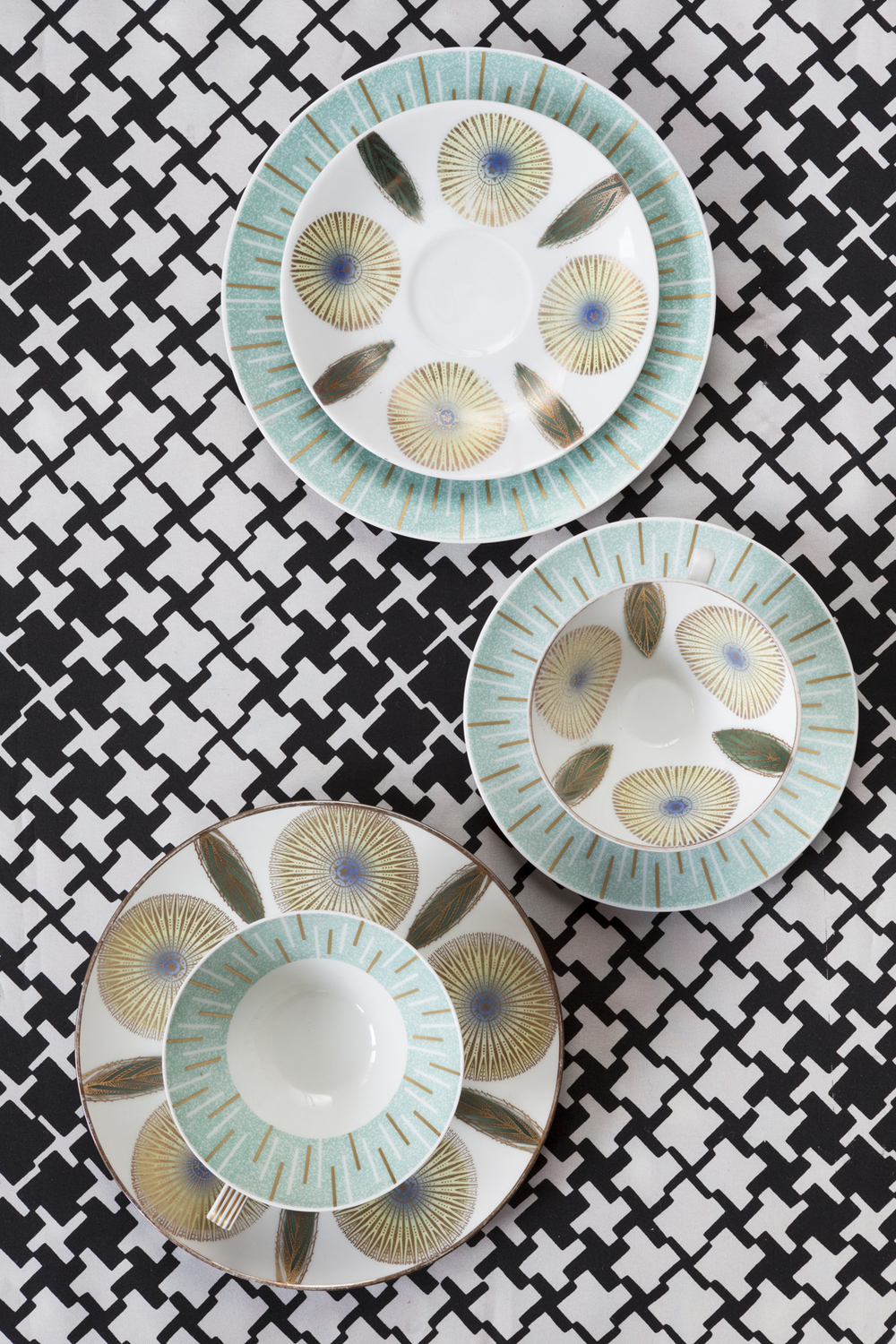
WAGNER KREUSCH
Wagner Kreusch is a Brazilian florist and artist based in London who uses photography as a support to his experimental practice. For the past three years he has been studying the Japanese art of flower arrangement.
His work explores Japanese concepts of space, serenity and purity which come across in the way that flowers and plants are arranged in his installations. Using photography for intertwining different styles of representation such as installations and sculptures, he questions the cultural aspects and meanings that flowers and plants have in society.

ESPEN KRUKHAUG
Espen Krukhaug was born in 1978 in a small town just outside of Oslo, Norway. He now works and lives as an artist and as an independent publisher in London.
In his work, Krughaug explores the realm of insomnia. Dark and mystic documentations are staged as dreamlike installations. His images all portray insomnia, something he has dealt with first hand. Krughaug has experienced this project as therapeutic. Instead of lying in bed and trying to get some sleep, he went for walks in a delirious state of mind, not really sure if he was dreaming, not really sure the things he saw were in fact real
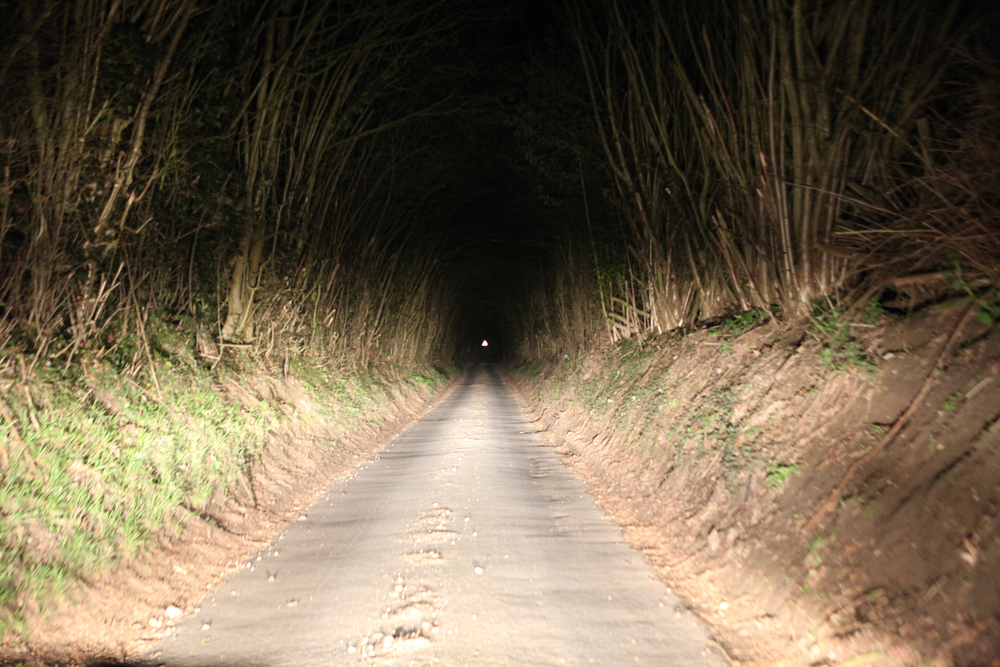
FEDERICA LANDI
Federica Landi is a visual artist and an independent curator working mainly with photography based in Florence. From the beginning, Landi has perceived photography in a perspective of construction, using it as a visual language for “spatial investigations”.
A pivotal element of her research is the relationship between the human presence and the environment. The investigated space is the one created by man himself by the simple act of seeing. Perceptions are thus conceived not as static systems, but they come into active play through movements and responses that inevitably leave trails behind themselves.
The landscapes presented in the series Spectrum depict both urban and suburban areas. The artist juxtaposed pieces of colorful plexiglass between the lens and the landscape creating distortions and refractions. The project means to investigate how men negotiate and reshape the landscape through their own perceptions, and the contemporary need of using technology as a means of re-appropriation of our own environment.
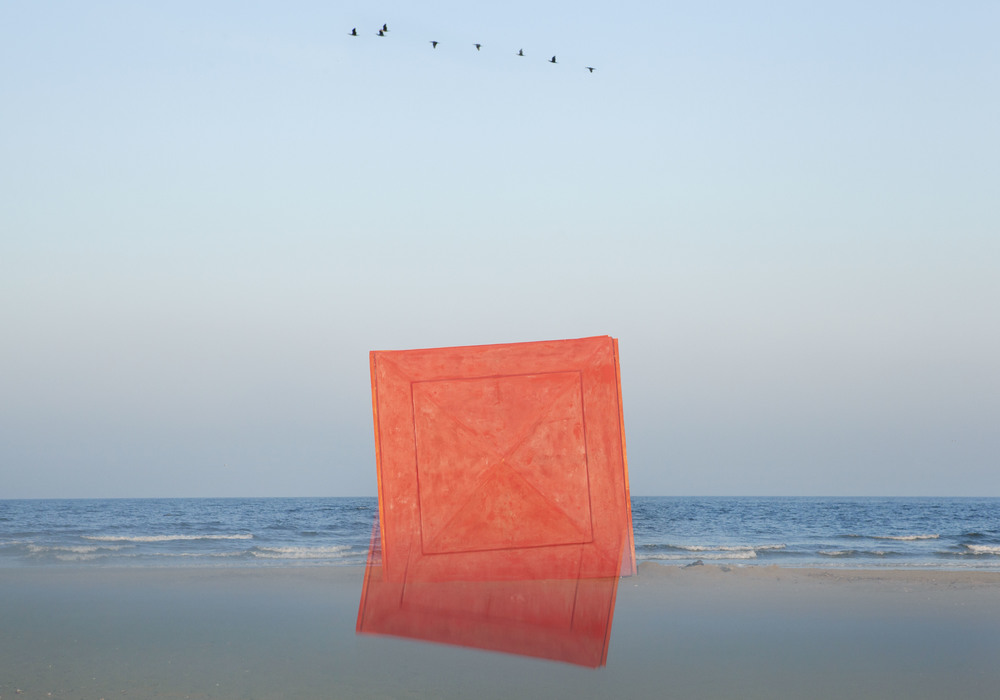
SARA MORALO
Sara Moralo is a Spanish artist based in London. Her practice challenges normative conceptions of gender and sexuality.
The series Bodytics Manifesto confronts past and present-day politics of women’s bodies. It makes the female body an instrument of politics, as a way to challenge normative conceptions of gender roles and performances. The female form is presented as an individual, self-owned space that is neither kept private nor exposed as a commodity. The subjects are women who lead non-normative lives, and share the fight against gender inequality.
The dominant representation of the female body throughout history has a great impact on society’s perception of gender roles and sexual difference; images from dominant culture past and present mainly portray women’s bodies as passive, languid and over-sexualised. By policing body image, these mainstream conceptions act as a tool for political control which perpetuate gender inequality. These active, strong and empowered bodies presented in this series challenge the status quo of the patriarchal system.
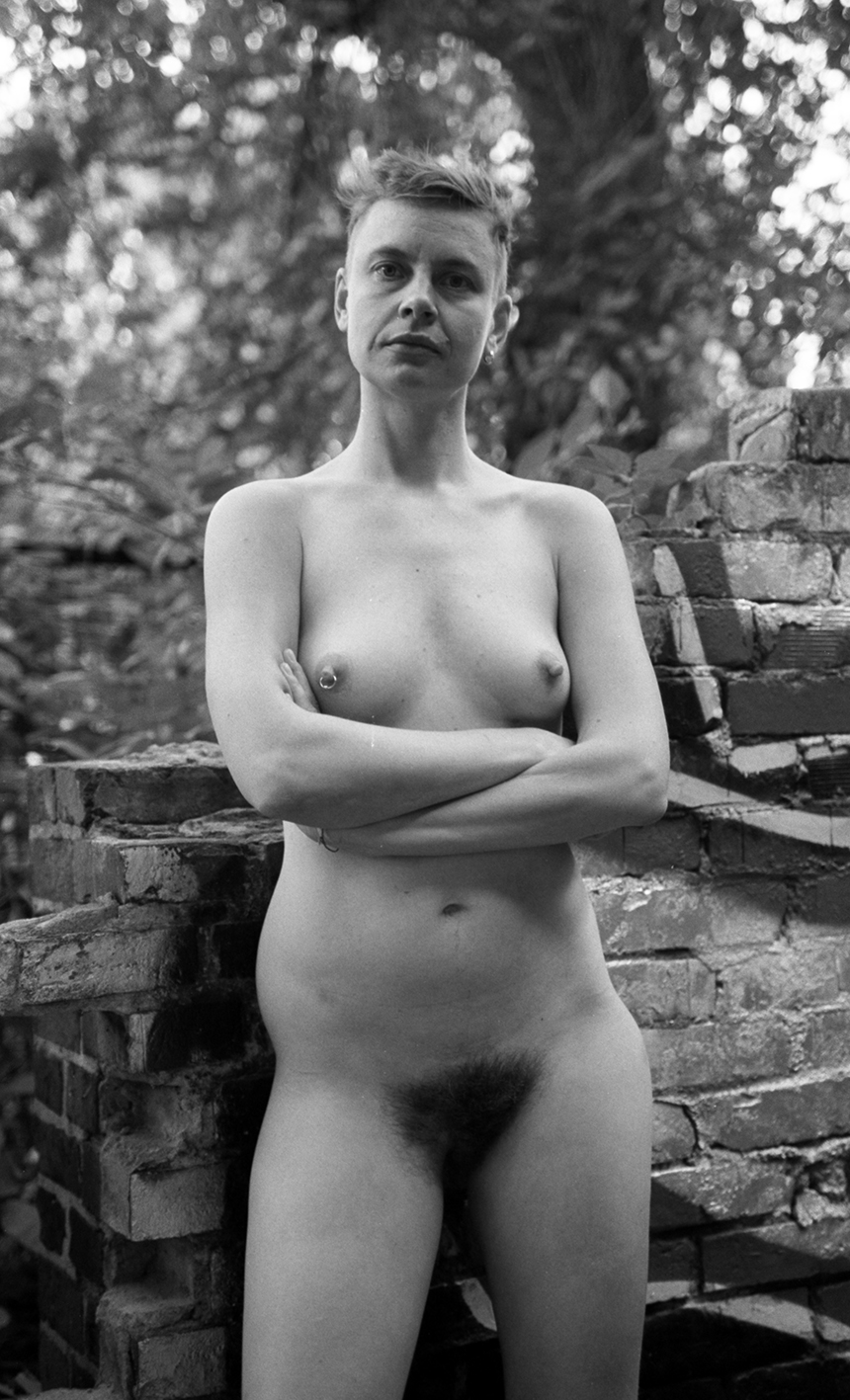
SIMONE PADELLI
Simone Padelli is an Italian photographer and artist. He currently lives and works in Florence.
Padelli’s photographic practice is concerned with the intimate relationship between the environment and people. His work is closely linked with the concept of the sublime, melancholy and isolation. Padelli’s approach sits inbetween street and staged photography – he uses the environment and the landscape to investigate the human condition, the fragility and isolation among people. Through his photographs, he aims to draw a sense of weirdness, questioning what is reality, and how it can be seen and perceived.
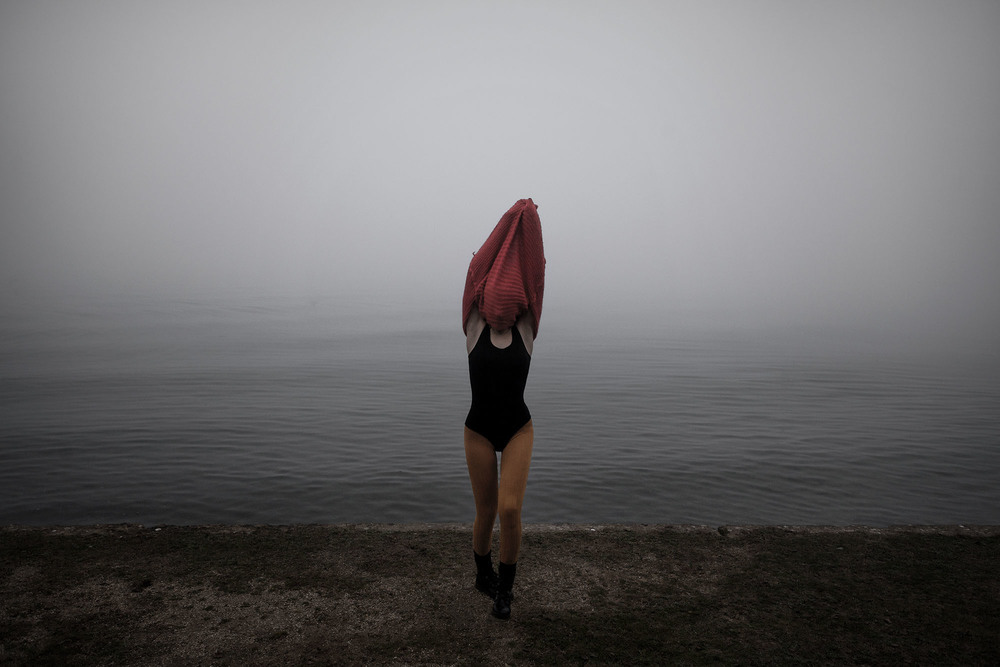
BIANCA SALVO
Bianca Salvo is an Italian artist currently living and working in Milan. Her practice bases on the combined use of digital photographic archives with on-line public sources, written documents, books, found materials and it comprises a series of interventions and alterations of these records. The deconstruction and the re-enactment of these materials along with the conceptual appropriation of an historical, geographical or anthropological imagery constitute the key activities of her procedure and offers possible scenarios amid beliefs and reality.
Overlaying territories, times, histories and mental constructions her work aims to produce a new stock of material evidences, resistant to classification and placement in time, and capable to verify the effectiveness of human temporal registers. Interested in inquiring into civilisation processes and on humans evolution course, she set her research with the purpose to investigate how mankind appropriates his experience and cope with its surroundings, exploring abstractions and aspects of the collective unconscious.
SONJA TRABANDT
Sonja Trabandt is a photojournalist, designer and artist based in Berlin. Through her art work, Trabandt experiments with the perception of reality in photography, mainly concerning emotional conditions of human nature.
in her exhibition installation Befangen (Caged/Uneasy) Trabandt stages a human condition that is only vaguely to describe. With garishly melancholic images, which she alienates, distorts and opposes with prosaic landscapes, the artist abstracts her own perception of human nature to atmospheric mood braids. She’s here about creating images that lead the viewer’s own associations and emotions. The title partiality serves as a projection subject and can lead to both evolutionary boundary considerations and on a very personal – socially or psychologically induced – bias research.
www.sonjatrabandt.com

NICK WILTSHIRE
Nick Wiltshire is a photographic artist and digital print specialist at the University of West London. Currently working toward a PhD, Nick’s research centres around notions of the self and wilderness in contemporary photographic art. His own practice endeavours to explore what wilderness means within a photographic context, working with form and materiality to question how photographic language depicts the hinterland between normality and the wild.
In the project Evocation, Nick sets out to photograph popular historically charged locations, taking pictures of key points of interest; wide views, small macro shots and portraits of the people there. Back in the studio, Nick disrupts these images by amalgamating them into one tableau and prints using pigment ink on watercolour paper. This is done to disrupt the conventions of depicting place, instead creating an ambiguous subjective viewpoint that attempts at a deeper connection.
